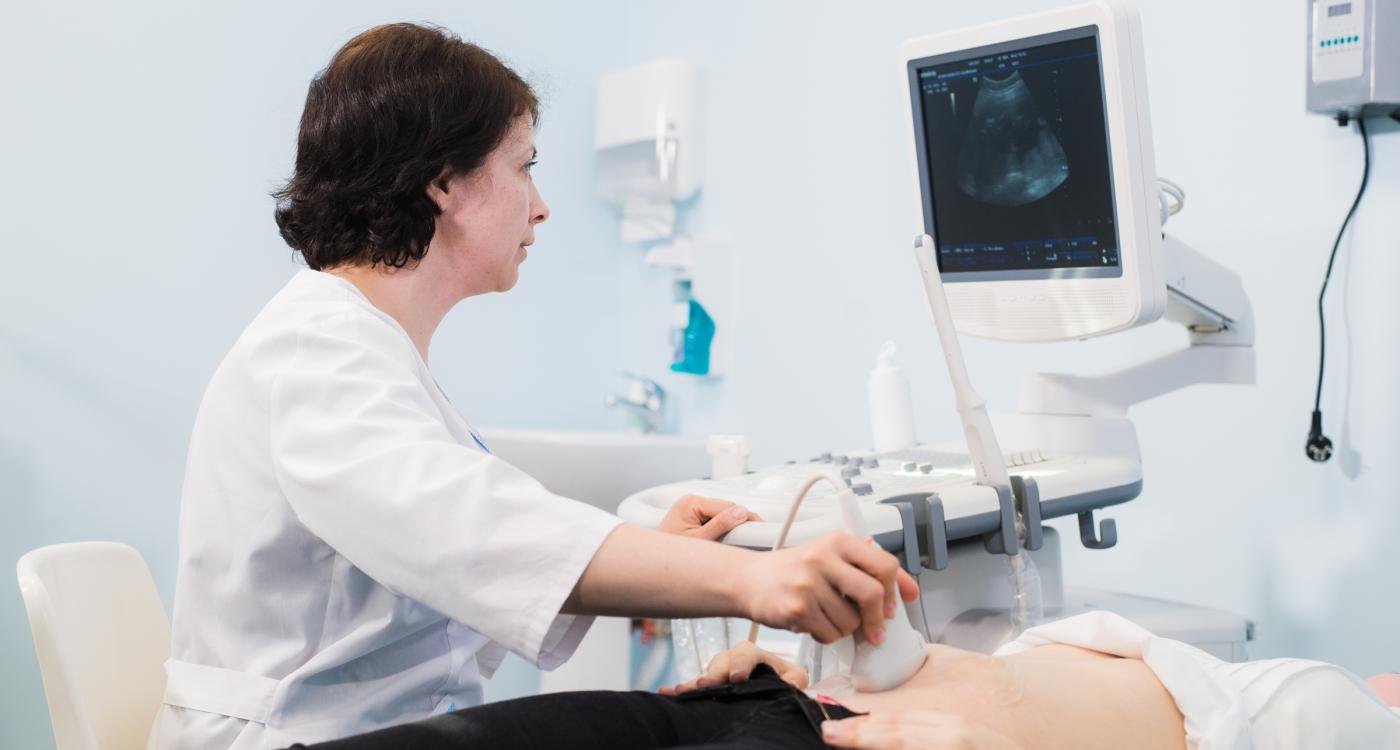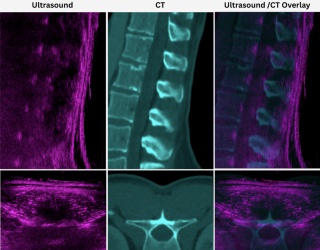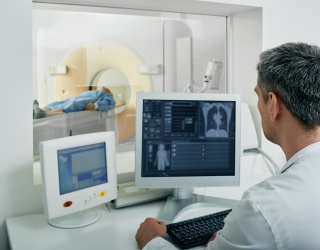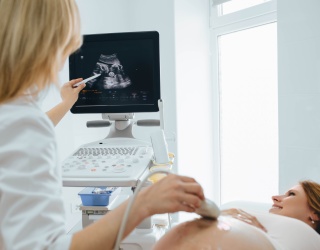Study Context
Determining whether pelvic and abdominal pain originates from the reproductive system can be challenging for emergency department (ED) providers. Current guidance from the American College of Radiology (ACR) recommends CT as the first-line strategy for such cases. However, clinicians often also order pelvic ultrasound out of concern that CT alone may miss urgent diagnoses such as ovarian torsion.
Researchers from Yale University and colleagues analyzed the added value of ultrasound following CT in suspected gynecological emergencies.
Research Design
The study reviewed records from nine EDs in a Northeastern U.S. health system treating more than 500,000 patients annually. Between 2017 and 2022, over 2,200 patients underwent abdominopelvic CT followed by pelvic ultrasound. Of these, 833 patients had CT scans classified as negative for gynecological pathologies.
- 54% (447/833) showed no new ultrasound findings.
- 9% (74/833) had benign incidental results such as simple cysts or minimal uterine fluid.
- 36% (302/833) revealed findings warranting outpatient follow-up, most commonly complex ovarian cysts (49%) or uterine fibroids (33%).
- Only 1.2% (10 patients) had ultrasound findings requiring immediate intervention, including suspected pelvic inflammatory disease (8 cases) and retained contraceptive products (2 cases).
Clinical Interpretation
“Clinicians should carefully weigh the additional resource utilization against the potential benefit of early reassurance or diagnosis of benign findings,” wrote lead author Tamanna Hossin, MD, Department of Emergency Medicine at Yale University, and co-authors.
The authors noted that while pelvic ultrasound rarely identified emergencies not seen on CT, it did reveal outpatient-relevant diagnoses in about one-third of cases. “These cases highlight ultrasound’s marginal diagnostic utility and raise concerns about emotional or physical harm from false positives or indeterminate results in addition to added costs and increased ED length of stay,” the study team advised.
Balancing Diagnostic Value and Resources
Despite the limited urgent yield, the researchers concluded that ultrasound may still provide useful information for non-emergent conditions, such as malpositioned intrauterine devices. “From the perspective of the emergency clinician, the decision to order pelvic ultrasound may not be driven solely by concern for emergent pathology … but also by a desire to identify or exclude less urgent yet clinically relevant conditions,” the authors noted.
They added that decisions in this setting must weigh clinical benefits against costs, patient expectations, risk of incidental findings, and ED resource constraints. Future research should examine how often non-emergent findings lead to meaningful changes in outpatient care.








